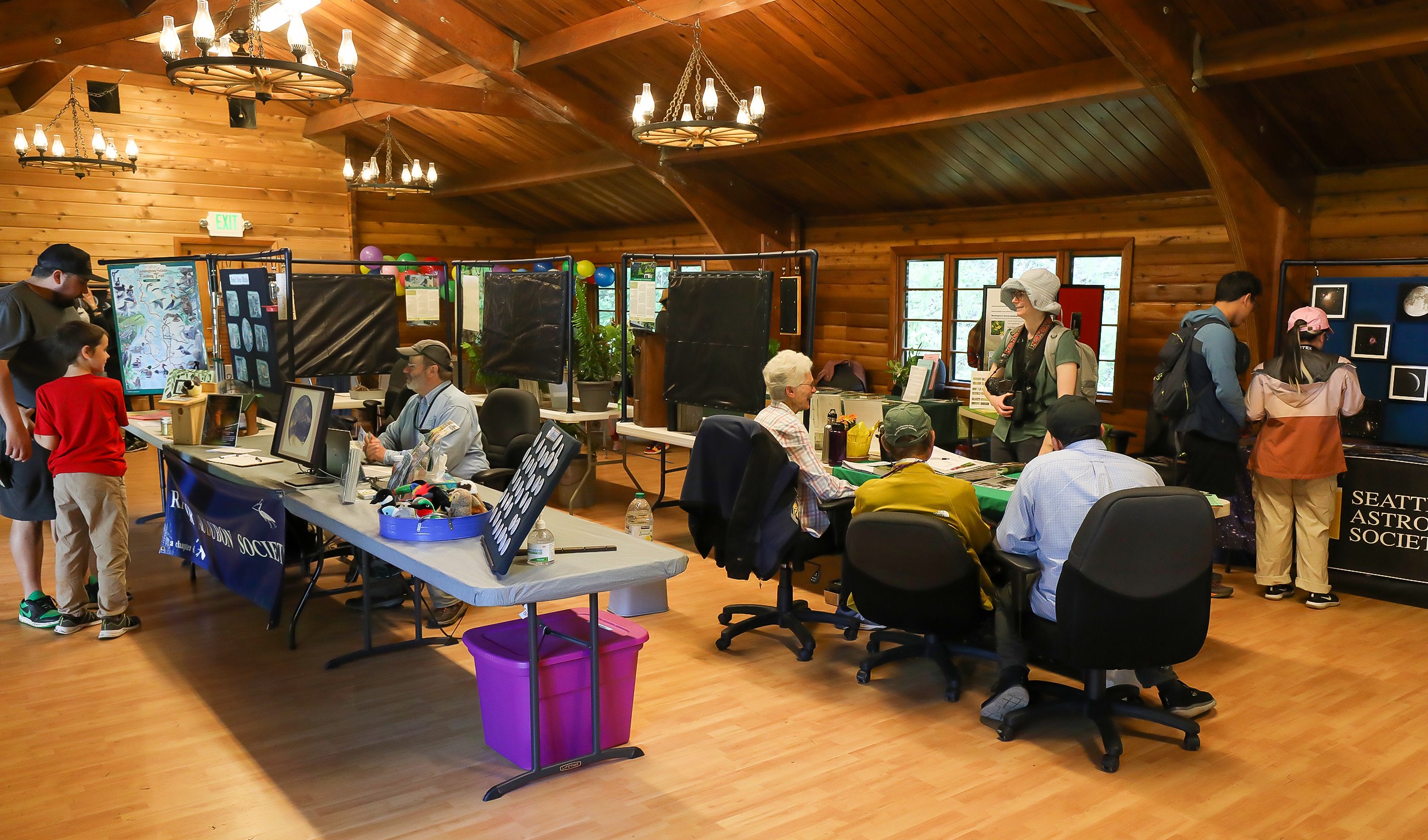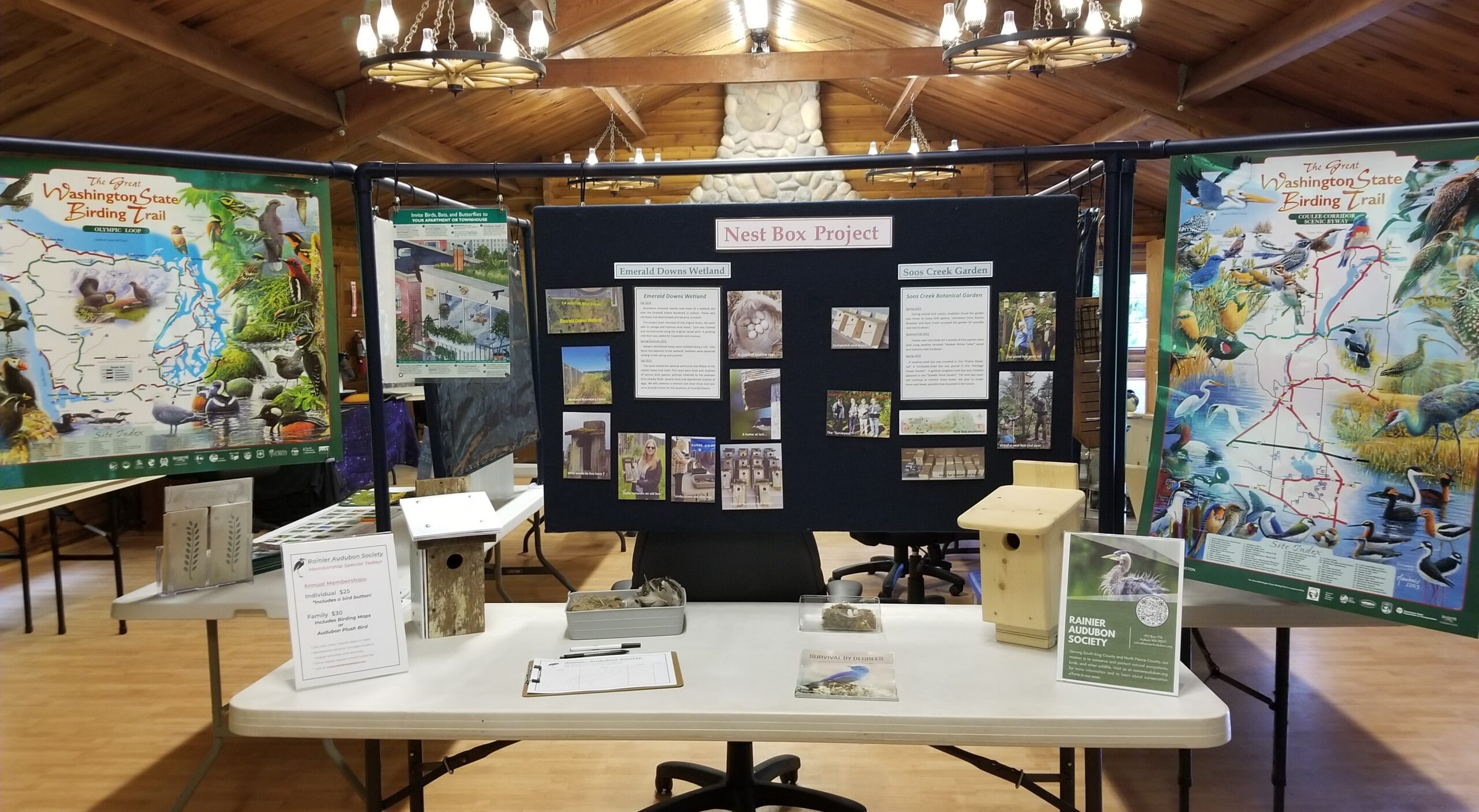
Pelagic Birding – Reflections on Birding at Sea
By Andy McCormick




Do you remember the scene from “Titanic” when the heroic couple is standing at the bow of the ship looking out with the whole sea expanding before them? You can feel the boat pushing them forward into the open sea. Being near the bow of a boat while birding at sea kindles that kind of feeling in me. Watching birds on the ocean creates a space where what is around you is what matters in the now. Because there are few distractions, the experience encourages watchfulness and a focus on being present. What has happened already is not relevant to seeing birds now, and anticipation helps me stay alert.
I have been birding at sea off Cape Cod, Massachusetts, Monterey Bay, San Diego, and Morro Bay, California, and Hawaii, but most of the time I have been out to sea on the Monte Carlo, a 50-foot fishing charter boat piloted by Phil Anderson owner of Westport Seabirds. Anderson led fishing trips beginning in 1982, but 20 years ago was convinced by Terry Wahl to lead birding trips off Westport, WA. Wahl passed away in 2022, but part of his legacy is over 50 years of data in the longest running database of birds counted at sea in the world. Anderson and his wife Chris now lead 20 trips each year between March and September to the continental shelf off Washington State’s Ocean Shores.
The Monte Carlo is outfitted with an enclosed cabin and outdoor seating. Railings surround the boat and make for good observation posts, but many people choose to sit, especially on the long trip to deep water. Our destinations are one or more of three deep-water canyons about 30 miles from shore. There, cold water ascends from up to 2,500 feet below the surface bringing nutrients which attract fish and birds.
Once aboard, I greet any regulars and volunteer bird spotters I know, and we gather for a safety presentation. As we shove off, birding begins right away with a tally of birds moving about the harbor and perched on the jetties. The ride over the bar across the harbor opening can be rough some mornings. The combination of wave action, offshore wind, and the force of the tide can make for bouncy sailing. Once across into deeper water, I find my spot along the side rail of the boat just behind the pilot’s window. I’ve already taken a dose of Dramamine and have a supply of crackers in my pocket to keep my stomach settled. Knock on wood: I have never been seasick.
I place one foot firmly on the deck and the other on the short side wall and hook my right elbow over the rail. I’m then secure and able to keep my balance as the boat rolls over the waves. When I spot a bird or a spotter calls out the identification of a bird, I curl my body into the side rail and free both hands so I can search with my binoculars.
On the ocean there are no landmarks to help you find birds – no trees, shrubs, fenceposts, or anything to help you locate a bird. Communicating with each other becomes key to seeing birds. We learn to read the water – its color: gray, green, blue, if it is white capped, or if there is a sheen on it and use these ephemeral landmarks, or more accurately watermarks, to key into a location. Knowing the direction from the boat to the bird is essential. We use the boat as a clock. The bow is at 12 o’clock, aft is 6:00, starboard is 3:00, and port is 9:00. Birds can be spotted anywhere around the clock. The spotter may call out, “Pink-footed Shearwater at 2 o’clock flying left across the bow.” Or “Pomarine Jaeger at 7 o’clock flying up the left side of the boat.”
Birds are not everywhere in the ocean. Like terrestrial birds, they forage for food which in the ocean follows currents that change with the tides, wind, water temperature, and distant storms. At least once or twice during a trip, we actively try to attract birds.
We throw out chum, which is a mixture of small fish parts and oil creating an invitation for birds to come close to the boat. Shearwaters and albatrosses are tubenoses, named for the long nostrils on their bills which aid in their excellent sense of smell which they use to locate fish. A chumming stop can attract 30 to 100 birds including gulls, shearwaters, albatrosses, and smaller birds such as auklets and storm petrels. For 30 minutes or so you can be in the midst of a swirling flock of calling birds learning their identification and trying to photograph them as they dive into the water, land on the surface, fly in the wake of the boat, or fly off, circle, and return to the feeding frenzy. Fishing boats are another attraction for seabirds, and we sail close to them to check the birds in their vicinity, providing opportunities to find some new birds for the day. In large groups of birds near the boats, gulls and jaegers are especially adept at stealing morsels from other birds.
This level of excitement doesn’t last all day. There are lulls as the pilot searches for birds or increases speed to head to another area along the continental shelf. During these times, my perch along the boat rail can be quiet. There are always a few birders who prefer the front of the boat, and my position behind them along the rail gives me space for solitude and a clear view of the ocean. I also try to stand on the “dry side” of the boat, that is, out of the wind which will blow salt spray along the “wet side.” I want to keep sea water off my binoculars and camera. During one windy walk in past along the beach at Ocean Shores when rain and sand pounded us as we searched for birds in the dunes, my binoculars became soaked. The next morning, I found them sealed tight from the mixture of sand and salt that had encased them. Nikon didn’t even try to repair them. They sent me a new pair instead.
On calm days, the water has a surreal flatness into the distance and there is no disturbance toward the horizon. It feels like a form of meditation to dwell on such calm water. I can forget how far we are from land, how deep the water is, and the potential for bigger swells. As calming as that can be for my soul, it is not good for seeing large numbers of seabirds. Without wind there are few waves and without waves there are few soaring seabirds. As the wind picks up the balance moves from contemplation to tracking birds.
As the wind creates waves, it also generates an undulating air flow with an updraft that rises from the trough of a wave. As air rises, it moves faster. The aptly named shearwaters specialize in soaring flight and use their long wings to catch this updraft which thrusts them above the crest of the wave in a graceful, turning flight literally shearing or clipping the wave crest as they swoop upward. As the birds bank, they plunge into the trough of another wave gliding effortlessly to the point where they catch the next updraft.
Seabirds use the wind this way to travel incredibly long distances across the oceans of the world. Some birds make these flights alone; others journey in small flocks moving in synchronized flight. Like these birds there are times when I can let myself go and allow the wind and the boat to carry me wherever it will go.
A version of this essay first appeared in The Corvid Crier, the newsletter of Eastside Audubon. It appears with the permission of the author.



